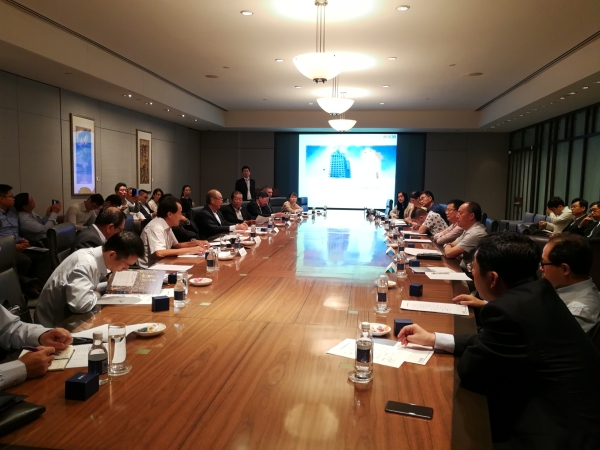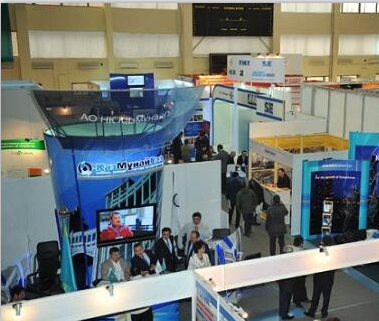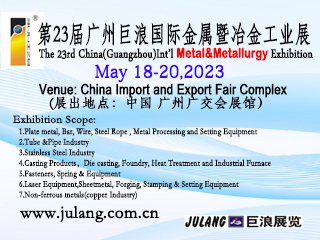China had seen a V-shaped economic recovery in the second quarter, with a year-on-year GDP growth rate of 3.2 percent. But the recovery is somewhat unbalanced as the rebound in supply is much faster than demand, which means accommodative policies to support recovery over the coming months are quite important.
As production resumed, enterprises quickly increased inventories, although many products could not be immediately sold. Therefore, consumption lagged behind the production rebound.
If consumption fails to rise robustly in the second half, the faster-than-expected economic growth, especially in June, may not be sustainable. So we still expect accommodative policies to support recovery in the coming months amid uncertainties from the novel coronavirus pandemic.
Economic recovery is predicted to continue. It will be more like a U-shaped rebound, with an expected GDP growth rate of 5.7 percent in the July-to-December period. That means full-year GDP growth could be 2.4 percent, which is a baseline scenario projection if there are no further waves of COVID-19 infections.
There is unlikely to be a major pent-up rebound in consumption, because people are still worried about COVID-19, and they remain cautious about travel.
Macroeconomic policies this year have focused on reducing the impact of the COVID-19 pandemic by using targeted policies, which are of a sizable scale, and emphasizing bailout measures for service sector and small and micro enterprises.
Targeted support for weak spots in the economic recovery, especially within the services sector and smaller businesses, is expected to be the focus of policies in the second half, which should be implemented by both fiscal and monetary means.
Fiscal and monetary policies could be further eased. The central bank may cut the reserve requirement ratio (RRR) once or twice in the second half. As for interest rates, monetary authorities could adjust the medium-term lending facility (MLF) rate through open market operations, and further guide down the loan prime rate (LPR)-the new benchmark lending rate.
In terms of fiscal measures, China still has room for tax cuts following last year's tax and fee reduction policies. But this year, the country is unlikely to cut taxes too much but instead will rely on targeted tax cuts in some key areas.
Regarding infrastructure investment, China has been constrained to some extent in recent years as the government aims to control leverage levels, or the debt-to-GDP ratio, to limit potential financial risks. Beginning this year, infrastructure investment has been boosted and has plenty of room for growth.
Infrastructure investment should be the focus for the rest of the year, as it should be the "new type" of infrastructure related to the information industry. Taking advantage of this opportunity to launch new infrastructure projects has two aspects of significance. The first is the path of Keynesianism. The multiplier effect of investment in new infrastructure will emerge based on that theory, and the economic driving force of information infrastructure investment should be greater than that of real estate and manufacturing sectors. The investment will also drive up the production of industrial components, reflecting a short-term Keynesian effect.
Over the medium and long term, this is the foundation for China to move toward a "new economy" characterized by "information economy", "smart economy", "smart cities" and "smart transportation".Taking advantage of this opportunity, we will lay a solid foundation to lead the new economy into the forefront of the global economy.
China's macroeconomic policy in the second half of the year still has room to be strengthened, especially with regard to fiscal and monetary policy. There is plenty of discussion on this issue. For example, in terms of monetary policy, the RRR is about 9 percent to 10 percent, which is higher than that in many major economies. Some countries have even abandoned such an indicator. The RRR in China was once as low as around 6 percent, so there is still a lot of room to reduce the ratio.
And is there any room for cutting interest rates? The interest rate premium between China and the United States has been maintained at a proper level. And while the US has almost dropped its policy rate to zero, the benchmark deposit and lending rates in China have not yet been changed much.
Some have mentioned the problem of excessive liquidity and increased debt burdens caused by the easing of monetary policy. In my opinion, we should not focus too much on the country's macro-leveraging ratio, because this indicator is not very objective in reflecting the true situation. The leveraging ratio, which refers to the debt-to-GDP ratio, is related to economic structure. For countries with a strong manufacturing sector and a large proportion of fixed-asset investment, the ratio would be higher than for other countries.
There is also room for fiscal policy action. As a result, the deficit would increase to a relatively large amount. But total government debt, even after adding those "hidden parts", is relatively lower compared with other countries. As the COVID-19 pandemic will continue to influence economic growth, we may use more fiscal measures to tackle headwinds.
Given the current situation, the central government may need to be less concerned about easing macroeconomic policies but instead focus on strengthening support to ensure that economic growth this year will not only turn positive, but also reach a growth rate of 2 percent to 3 percent.









